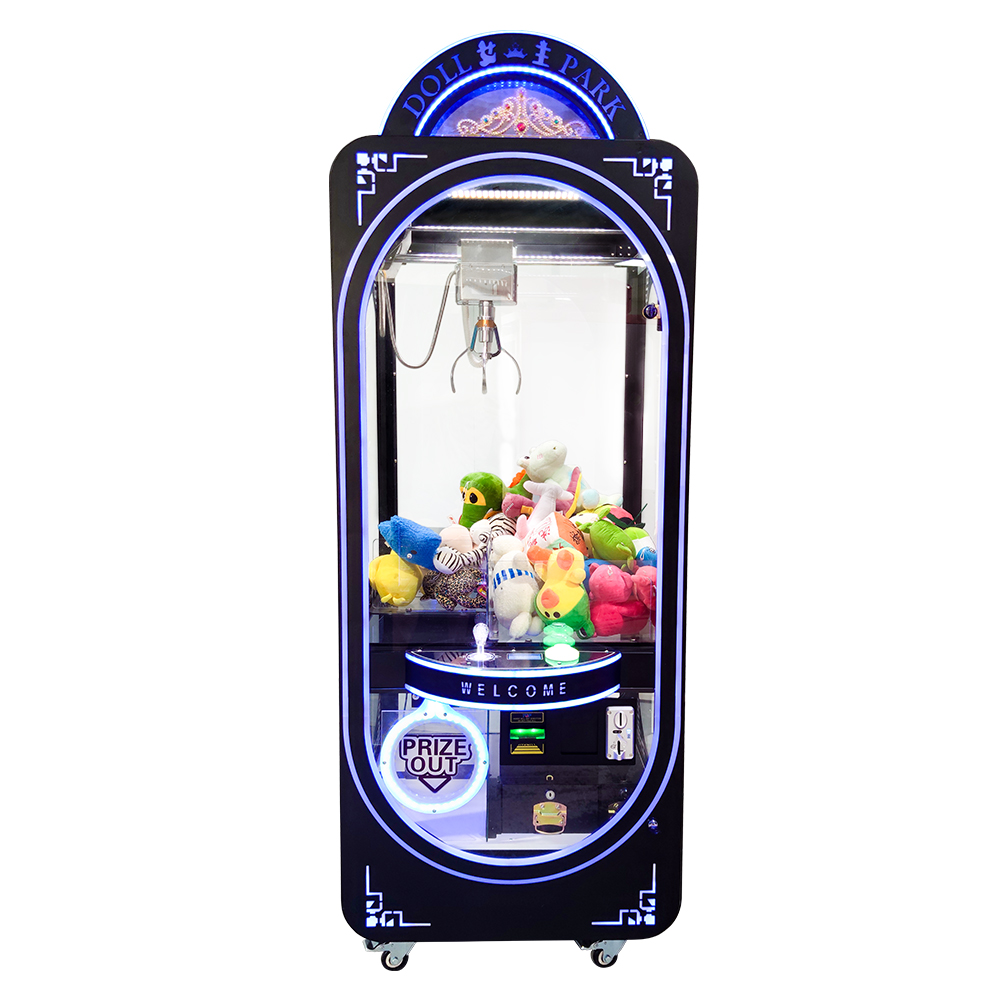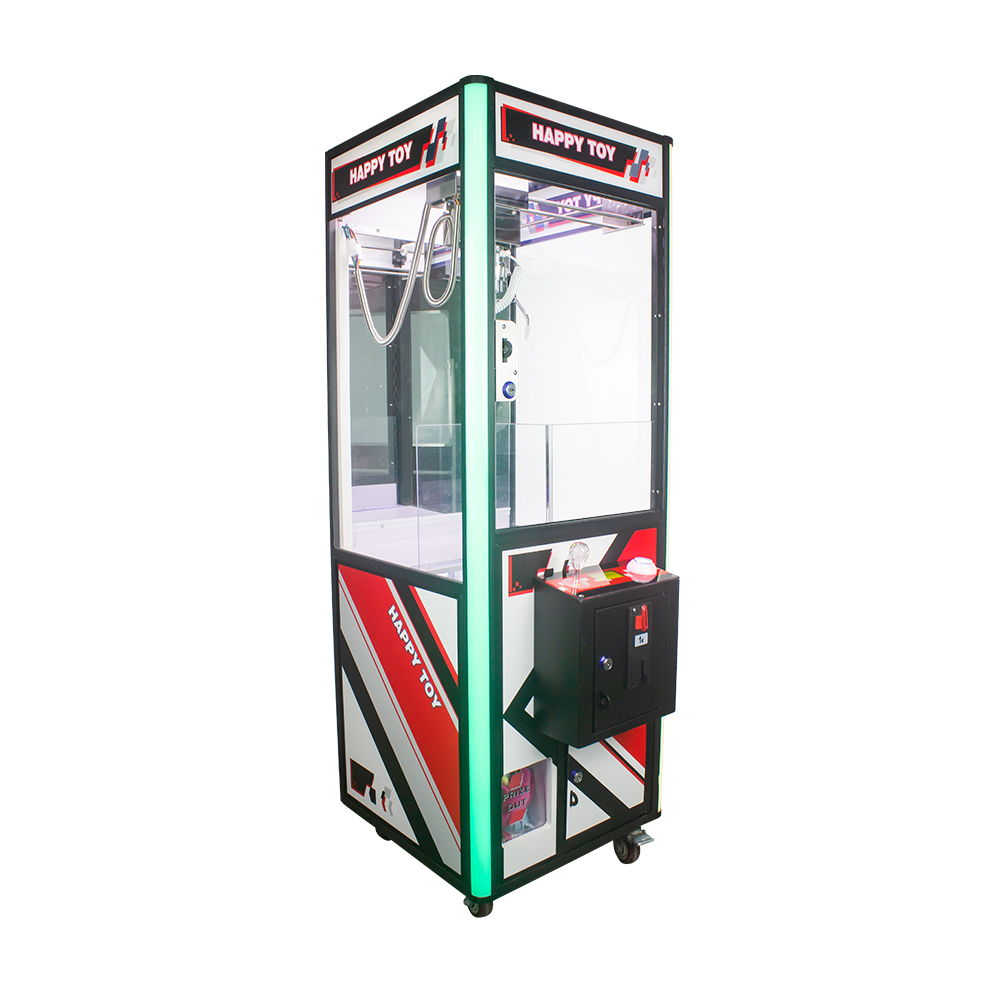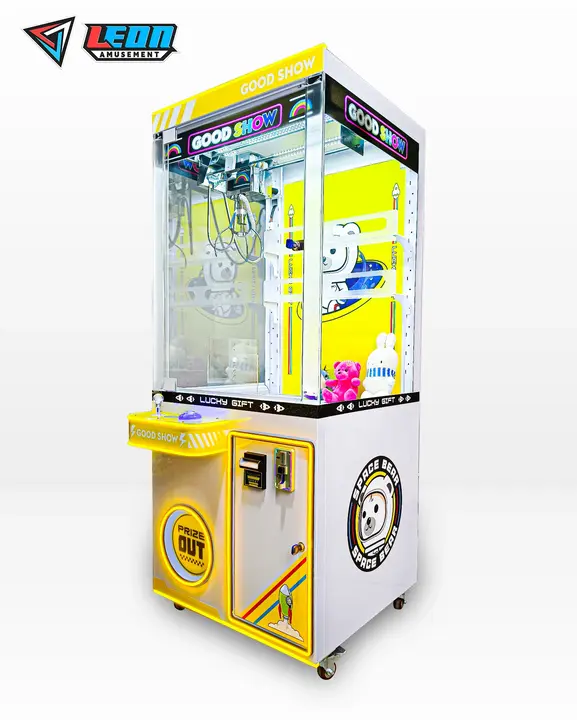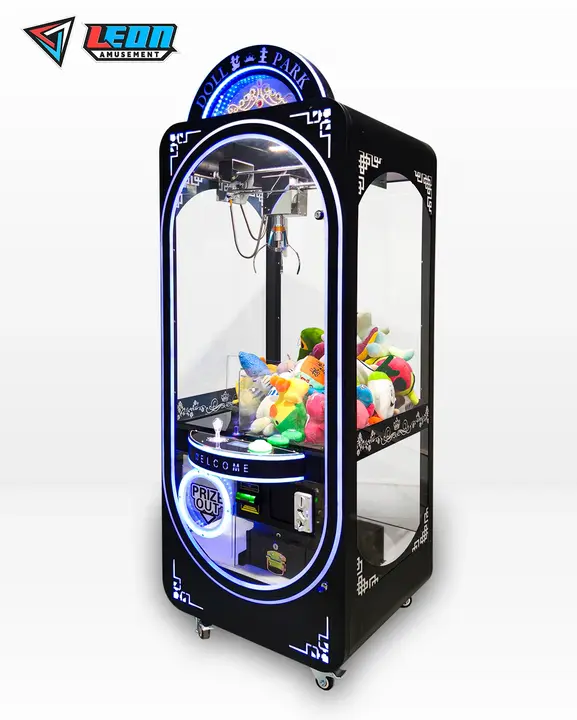To win a claw machine stuffed animal, aim for loosely arranged prizes, maximize claw contact, observe machine patterns, time your moves precisely, and learn from successful attempts.
Table of Contents
ToggleWorking principle
You’ve probably all played with claw machines at arcades and entertainment centers, but they operate thanks to a combination of mechanical and electronic systems that control the ability or ability of these devices to provide you with a challenge. The claws are just the middle part, attached to something like a crane. The crane has 2 or 3 dimensions of movement, meaning the claw can accurately position the player on the target prize.
The function of claws
The claw usually consists of three or more metal “fingers” controlled by a gearbox and motor. When the player starts the game, the claw opens and then moves down to select one of the prizes and try to grab it with enough force to pick up the item. Grip strength is everything and can often be adjusted programmatically by the machine owner to strike a balance between customer satisfaction and profit.
Control system and programming
A central computer or microcontroller controls the movement and power of the paw. The system is set up to provide grip strength based on the time of day. For example, machines can be configured to provide a firmer grip after multiple unsuccessful attempts to motivate players to continue playing the game.
Theoretical rewards and probabilities for players
Payout rates are a key concept that players need to understand, as most claw machines are configured with payout rates. This ratio is fixed and describes how often the machine allows players to win, so every game in the casino generates a profit for the casino. For example, a machine pays out at a rate of 1 in 25, which means that on average, the claw will only be taken once every 25 attempts.
Feedback mechanisms and sensors
High-tech claw machines are equipped with sensors that tell the machine where and how far your claws are, whether it actually has a firm grip on the prize or object (depending on whether you manage to get it to dig deep enough!), etc. wait. The function of these sensors is to complete the game and prepare the next person in case the machine succeeds in grabbing the prize.

Identify winning potential
One of the important factors in playing with stuffed animals with a claw machine is choosing the right machine. Being able to recognize when a machine is “strained” can exponentially increase your potential earnings.
Check prize arrangements
First, watch how the prize pops out of the machine. Lots of overlapping fur as more fur spreads and hides in large rooms: it sounds softer; more. If the machine is packed with toys, it probably hasn’t been won in a while, which means the grip settings will be tighter.
Assess the condition of the paw
Check the claw itself. A clean paw with all arms aligned correctly is easier to grab than one with sloppy, misaligned or obviously worn arms. Good claws that run smoothly usually require regular maintenance, which can result in fairer play.
Check out recent wins
Keep an eye on the slot machine’s “win log,” or look for patterns. Get used to looking around the area around the slot machine. Slots that have recently won jackpots may have higher payout settings for a period of time to keep players interested. On the other hand, a full jackpot could also indicate a recent lucky result and therefore mean that the machine has now been reconfigured to pay out at a lower percentage.
Watch other players
Learn from other players Watch how the machine responds when they try it and see if it grabs like garbage, holds on tight, or just throws away the prize early. The information is real-time and notifies you when the machine is paying.
Consider the location of the machine
If the machine is located in a high traffic area, such as the entrance or central point of a mall, the game may have been “set” to return a higher winning amount than other machines designed to attract more games. On the other hand, in reality, machines hidden in quiet corners might not be so loose, requiring only paying players rather than an endless supply of fools.
Where to Drop the Claw
Knowing where the clips are in a claw machine game is a strategy that can greatly increase your odds of winning. Not only is this a skill, it requires common sense and attention to detail.
Analyze prize layout
Each time you are about to take action, stand still for about 2 seconds or so and watch the prizes line up. Choose items that are not stacked one on top of the other and so that the claws can hold them securely. Prizes near the delivery chute may look easy to pick up, but they may be intentionally placed in a difficult-to-grab location. Instead, choose those in the middle, where the claws have more room to move.
Strive for maximum contact
For such a good grabbing machine, the more contact there is between the paw and the prize, the better the chances of grabbing everything. Place the claws directly on the target item so that at least one of each claw arm is likely to make contact. There are no awkward angles where claws can slip or fail to fully grasp items. Statistically, the perfect persistence method (with the claws lined up directly in the middle of said prize) increases your chances of grabbing by about 30%.
Consider the path of the claw
Consider where the paw will go if it falls. Internal obstacles (such as tall toys) may throw the paw off course. A direct vertical route means the paw moves up and down without obstruction; this is important for maintaining custody of the lifted object.
Use shadows and reflections
Try to mark the step subscription where it will land based on shadows and reflections. While it may not be the way people look at it, it can help narrow down where the head will be rolling in an area with good lighting and clear shadows. This means the closer you can align the shadow to the target, the more accurate the shadow underneath will be.
Repeat until you get it right
This feedback is essential after every try. Paw behavior when in contact with prize It always moves a little to the left or right. With practice, you’ll get a feel for exactly where your paws should be for best results.

When to press button
When it comes to strategy for playing claw machines, timing is a very important element. It’s not just a matter of where or how you move your paw, it’s also a matter of when you take action. Timing can make the difference between a near miss and a victory.
Understand how machines lag
One of the drawbacks of many claw machines is that there is a slight delay between when the button is pressed and when the claw finally starts to lower. Watch a few cycles before playing to see if this is latency. You may find that you need to press the button for about half a second before the paw is directly over the target to compensate for this delay, thus improving your accuracy.
Watch sports with prizes
Some machines may have a moving platform, or annoying moving position. For these situations, what matters is the timing of pressing the button when the prize lands where you want it. For example, if the prize is a lazy Susan, press the button before it reads where you want it to be, as there will be some delay for the paw to react to your desired position.
React to the rhythm of the machine
All machines work rhythmically, like the mechanical heartbeat you’re used to. They can take the form of how the prizes line up, how the paws move…or it can be something systemic to the entire action. Keep your fists in sync with the rhythm to increase your chances of successfully grabbing the loot.
Leverage Countdown
In the claw machine, you can also set the time range for placing the clamps. Be sure to see exactly how much time you have left so you’re not running past it at the last minute, and use the countdown as an opportunity to get your claws in place. Press the button no later than 1 second before activation (this helps eliminate last second panic errors)
Practice makes perfect
Like any skill, claw machine timing gets better with practice. As you play, you’ll become better familiar with the machine’s timing and your own reactions. If you can, try to record these attempts and review the timing in future games!
Observe successful attempts
Use insights from observing other successful claw machine attempts to drastically improve your game plan. It helps to study the winners and how they played as this can provide some good strategies or tweaks to take you from nothing to pocketing the prize.
Find what works
The focus should be on the winners and their approach to the game. Watch when they time their attack, when they lower their claws and decide who to attack. Some players will have techniques for obtaining prizes that can be obtained with greater certainty – i.e. prizes placed on top of the prize pile or near the chute.
Pay attention to machine differences
Many claw machines have different behaviors. As you watch more successful runs and try your own learning strategies against this machine. For example, you might notice that your paw has a firmer grip at the beginning of the day or during different cycles; then build your play strategy around these visual observations.
Watch the claws
How does the paw move and react to the prize as you pick it? If so, does it close tighter with certain toys or from certain angles? This can help you learn how to aim better to best take advantage of your natural claw programming.
Adapt to payment models
There are also claw machines that allow you to win prizes after multiple failures. You can guess the best time by looking at the number of games played and the win rate. For example, if you win every 20 attempts, preparing to play during this window may increase the likelihood of success.
Observe and adapt
Pay attention to the common mistakes players make and learn how to avoid making them. Follow trends and adapt them to your lifestyle or game style. It’s observing and adjusting, and every observation brings you closer to mastering the game.



